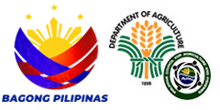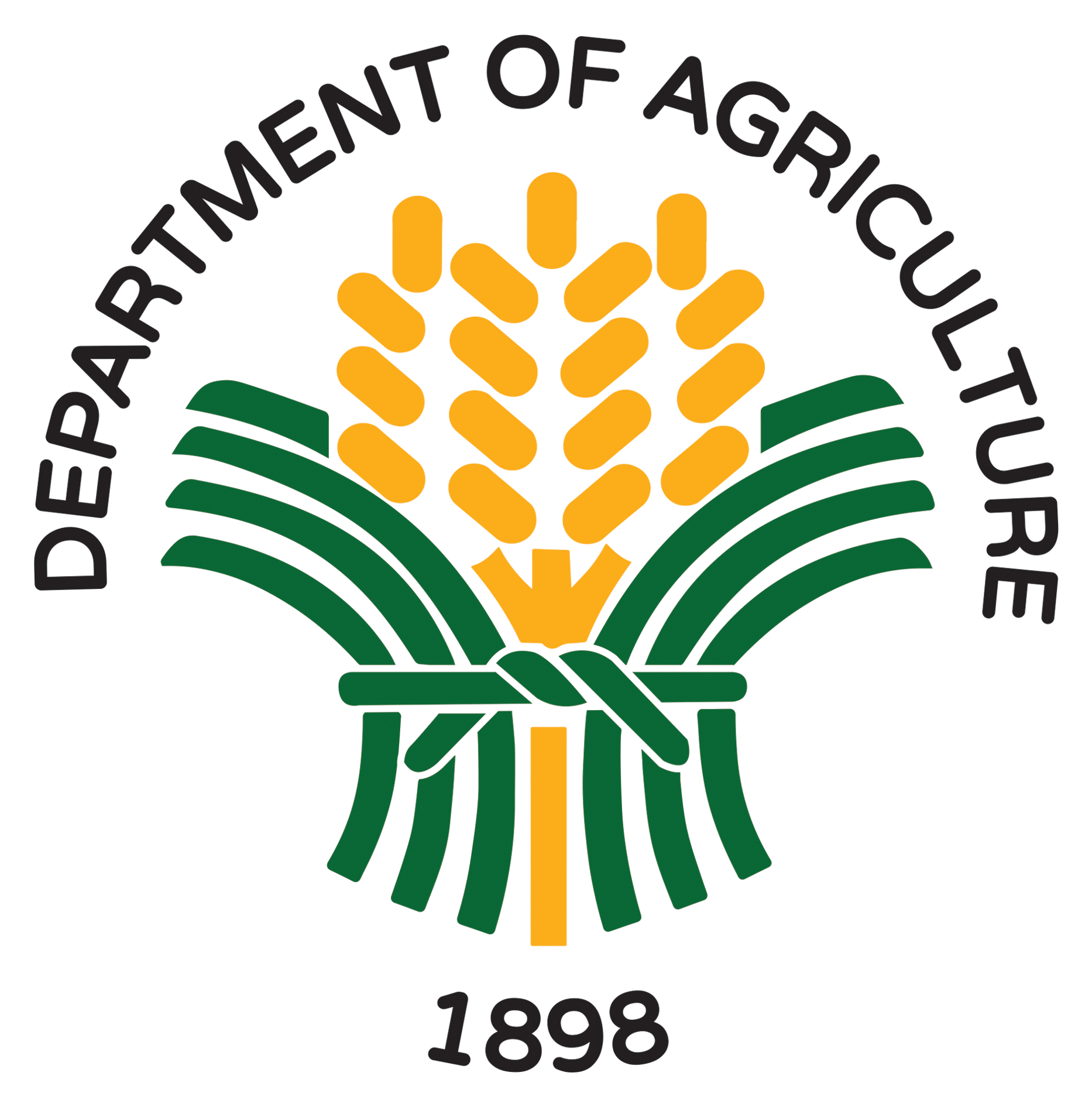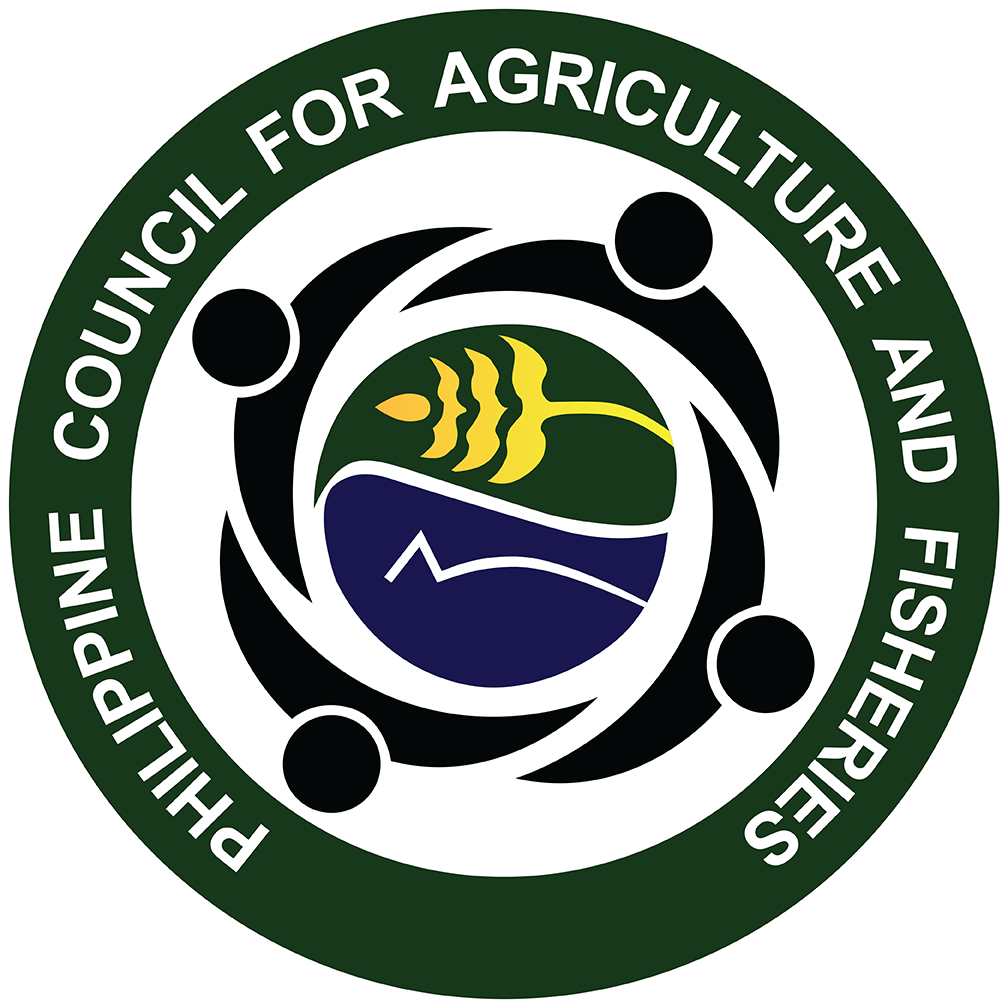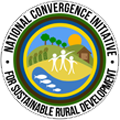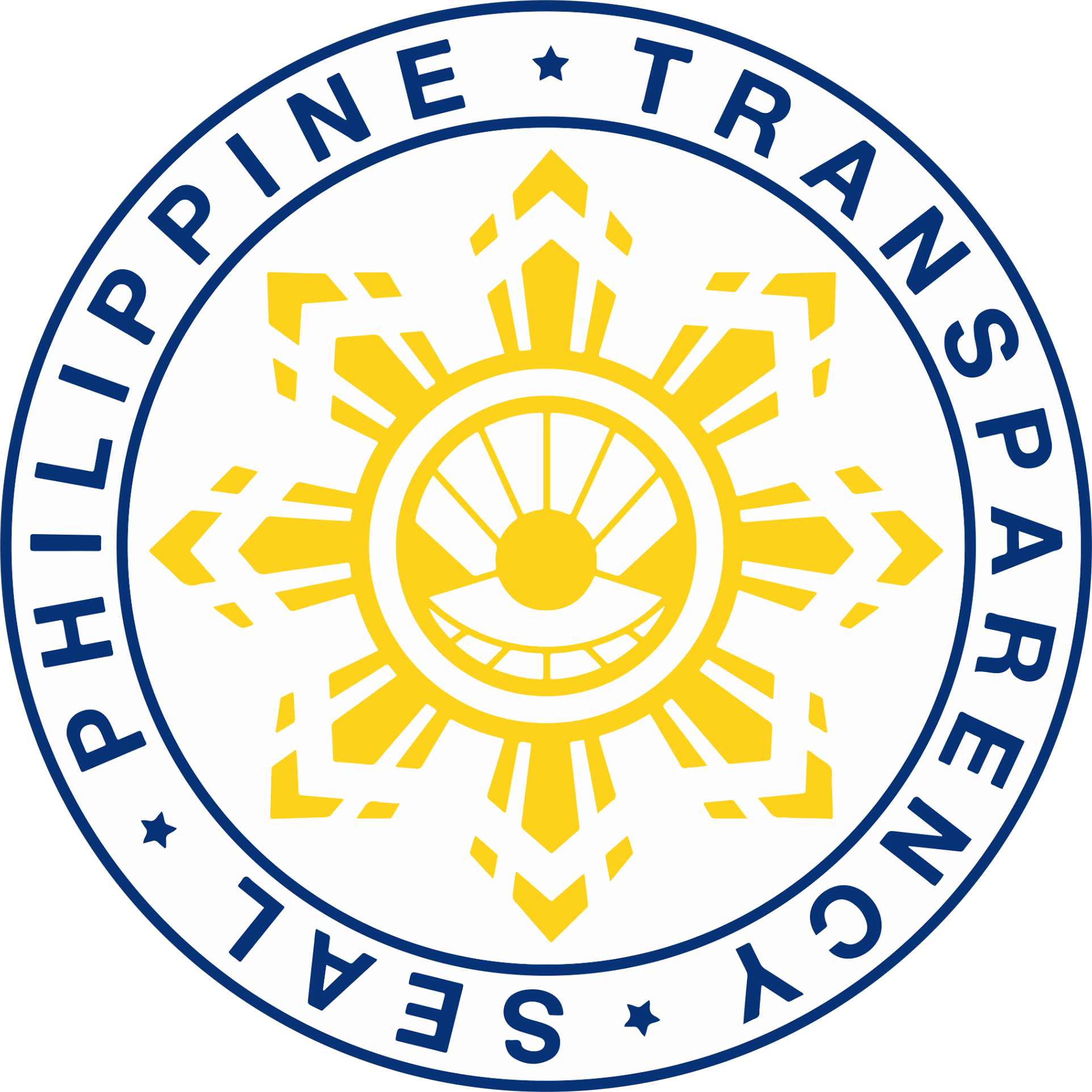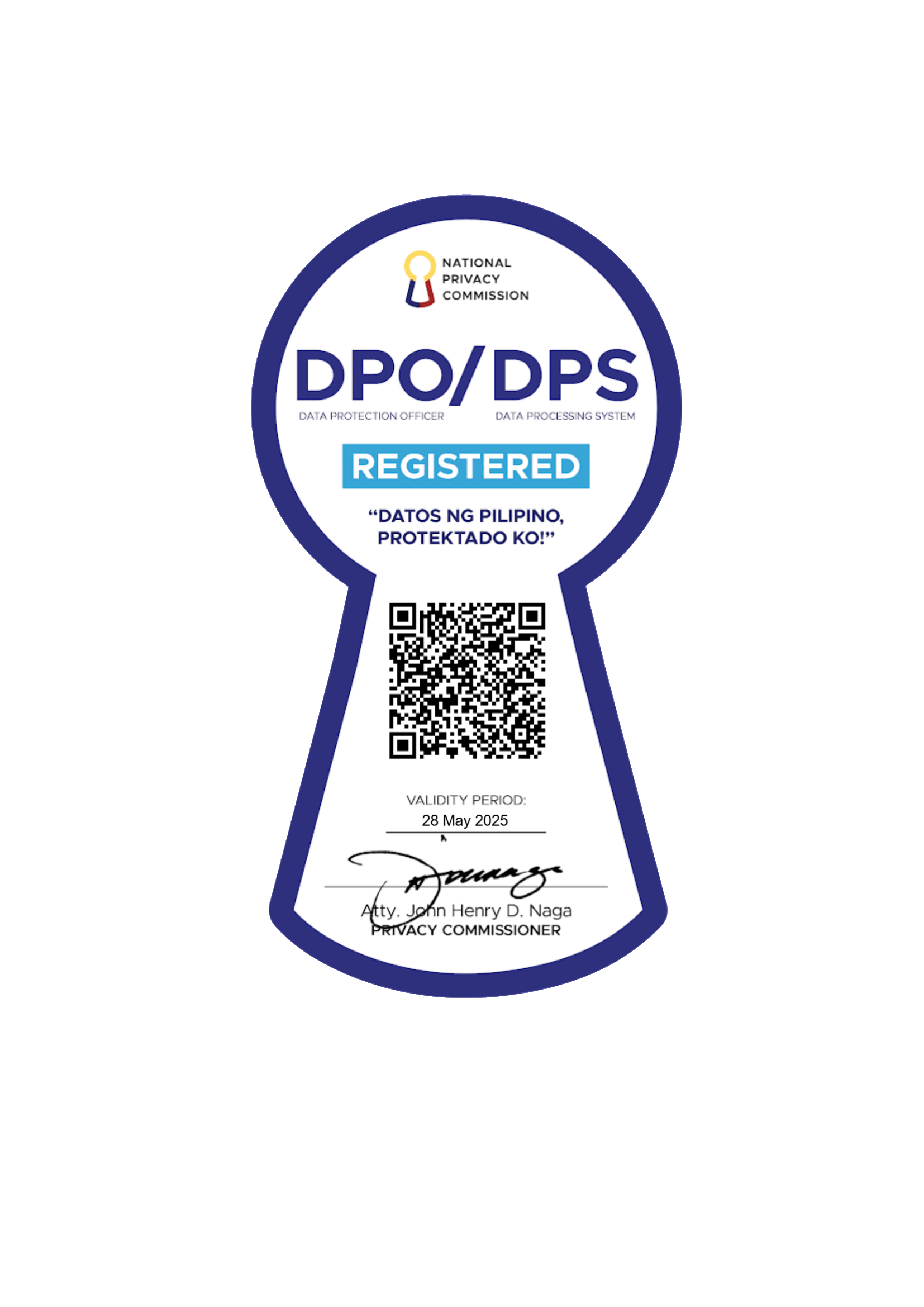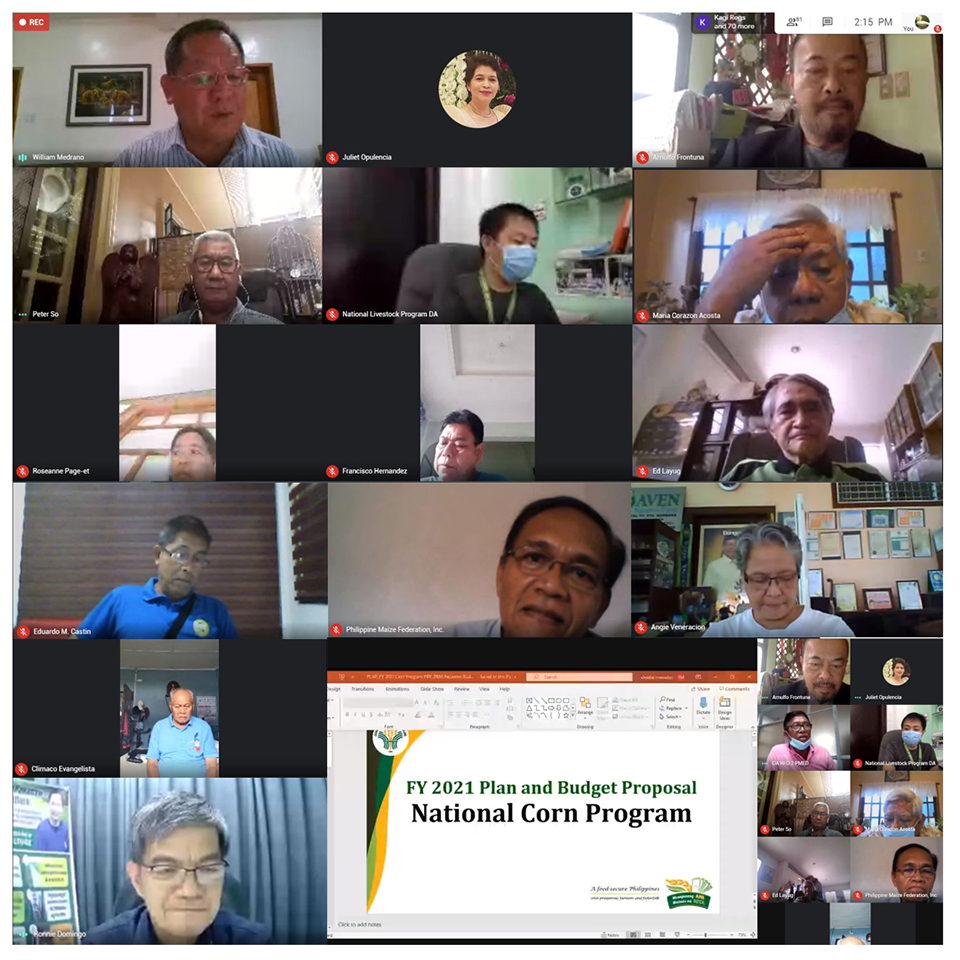
The National Banner Program Committee on Poultry, Livestock and Corn (NBPC-PLC) expressed their high hopes for an additional PhP1.75 Billion (B) budget for the Department of Agriculture (DA) National Livestock and Corn Programs (NLP and NCP).
This is after the Philippine Council for Agriculture and Fisheries (PCAF) convened for the first time the Committee on July 28, 2020 for the presentation of DA’s banner program’s plan and budget proposals for Fiscal Year 2021.
“The possibility of approving the NLP and NCP Budget Tier II is slim, however, as President Duterte said in his recent State of the Nation Address, he encouraged the approval of the PhP66B stimulus package of the Department, allotting additional PhP1Billion for the enhancement of small ruminant production and PhP0.75B for corn-livestock integration,” said Dr. Roland Fajardo of NLP.
The total NLP 2021 Budget Proposal is PhP6,672,238,000, shared under Tier 1 with PhP984,778,000 and Tier 2 with PhP5,687,460,000. While the NCP 2021 Budget Proposal amounts to PhP1,497,000,000 and PhP5.1 Billion under the Tier 2.
The Department also requested the support of the private sector stakeholders to lobby for the approval of the budget proposals under Tier 2 of the NLP and NCP, as well as the Philippine Corn Development Authority Bill for the development of the corn industry.
PCAF facilitates the conduct of various consultations with DA Banner Programs and concerned private sector stakeholders relative to the annual preparation of the respective plan and budget proposals. This is also a preparation before the National Agriculture and Fishery (NAF) Council convenes in August.
“This is to ensure better resource allocation based on the needs of the agriculture and fishery sector as well as to promote greater transparency and accountability, thus Secretary William Dar believes and fully agreed with the private sector’s recommendations to DA,” said Dr. William Medrano, Assistant Secretary of DA NLP and Co-Chairperson of the NBPC-PLC.
Upon hearing the presentations and consultation, the committee adopted two resolutions on the “Tariff collections from all importations of corn (Minimum Access Volumes in quota/out quota) and feed grains (corn substitutes, such as feed wheat and soybean) be utilized for the provision of support programs for corn farmers and development of the corn industry”, and the “Increase of the budget allocation for corn industry development through the approval of the Tier 2 budget proposal of the Corn Program.”
Some of the comments and recommendations of the private sector are:
- A cost-benefit analysis should be submitted to DA Planning, together with the NLP budget proposal to determine the economic benefit of the proposed PPAs.
- Promotion of “Itik Pinas” breed production based on the research conducted by the Bureau of Animal Industry and funded by Philippine Council for Agriculture, Aquatic and Natural Resources Research and Development.
- Clarification on DA’s proposal on the establishment of Multiplier Farms was also raised. It has been reduced since 2019 as a result of an assessment and it was noted that the operation of many Multiplier Farms funded by DA, and later on were transferred to the LGUs, were discontinued.
- A proposal was raised on biosecurity should be allocated funding for the Pest Biocontrol Agents, Fly Management Program and Research.
- A proposal was submitted through the National Advisory Council on Animal Disease Control and Emergency to the Office of the Secretary on Surveillance and Disease Profiling Project will be assessed.
- Separate budget presentation/consultation for each industry/subsector under the poultry and livestock group was requested.
- Status of the implementation and development of poultry and livestock roadmaps should be discussed in the succeeding meetings.
- Proposal to include rabbit production in the livestock program. The Association of Rabbit Meat Producers, Inc. offered to submit a proposal.
- A database system should be developed for the poultry and livestock sector to easily access important data on production, postharvest losses, prices, etc.
- Give more importance to the animal genetic programs through genomics using genetically-improved semen
While the corn private sector stakeholder also commented the following:
- DA’s initiative to scale up corn sector development through farm clustering to ensure interventions will be focused on improving commodities/industries within the cluster.
- PCAF’s assistance, especially from the private sector partners/AFCs will be requested to effectively promote clustering at the ground level.
- Current proposed budget given to the corn program (approximately PhP1B) is very small which means a budget of only PhP650/hectare of corn farmlands.
- A special window for Indigenous People (IPs) to access the assistance provided by DA was also requested. NCP representatives reiterated that there was already an instruction from the DA Secretary for all Banner Programs to collaborate with IPs in the implementation of the Department’s projects, programs, and activities (PPAs). There is also a unit in the DA focused on providing assistance to IPs.
- The whole value chain approach is now being considered in the planning and implementation of the DA’s PPAs.
- Proposed experimental project on livestock-corn integration. ###JC
